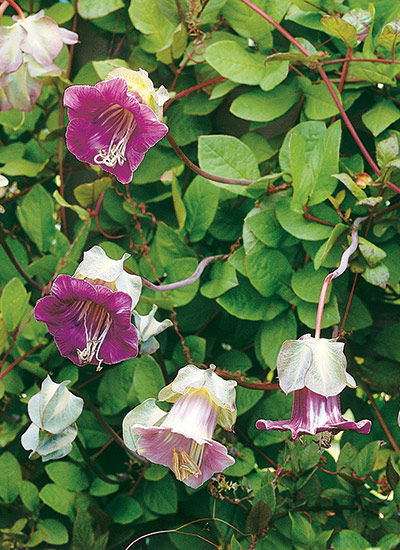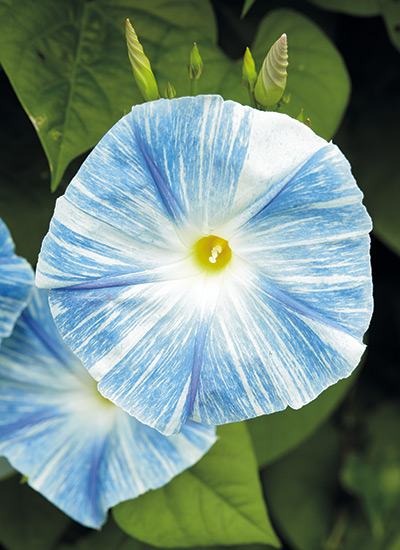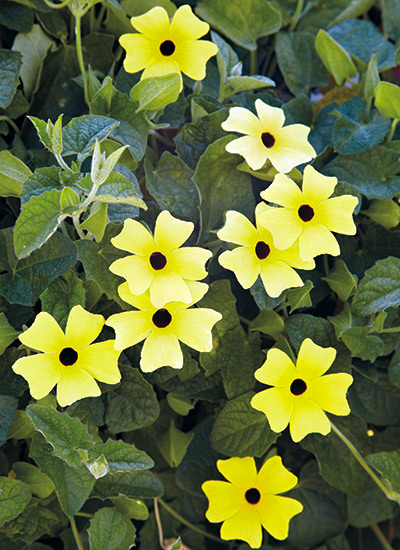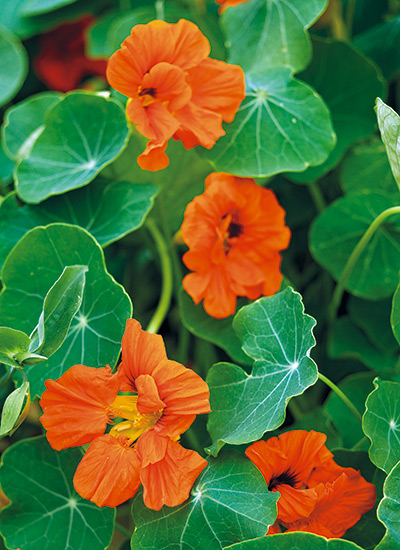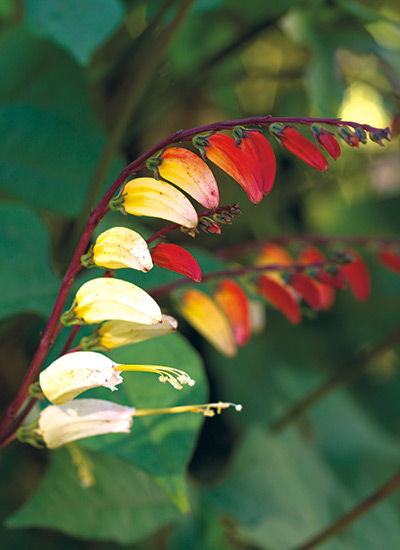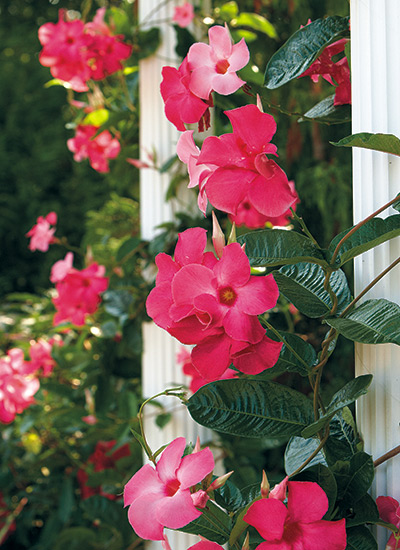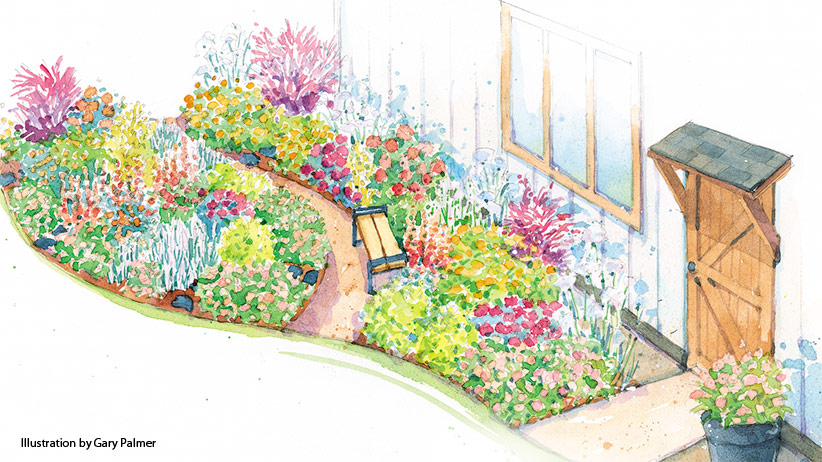Quick-growing annual vines can cover a multitude of sins in a single season — from ugly chain-link fencing to unsightly utility boxes. But they’re also lovely in their own right, adding vertical color and interest to otherwise earthbound beds and borders. Sometimes all you really need is a temporary climber or just a single season of pageantry. Or perhaps you want to create additional shade in an outdoor room or some privacy from passersby or nosy neighbors. Or maybe you have a small garden and the only space left to garden is to grow vertically. Annual vines to the rescue!
Check out our list of vines to grow on a trellis
Quick-growing and economical
For the price of a packet of seeds, you can have vining flowers that can grow up structures and through plants or cascade down from a hanging basket. Check out our tips for growing vines from seed below, then explore six of our favorites.
Growing tips
- Most annual vines are easy to grow from seed and can be planted directly in the ground or started indoors 4 to 6 weeks before they are needed in the garden.
- Because many of these are tender perennials (not cold-hardy), be sure to wait until all danger of frost has passed and the soil has warmed up before planting them outside.
- Many spring-planted annual vines will start flowering by midsummer and continue until frost.
- Provide a structure — some twine around vertical structures; others cling to vertical surfaces.
See also Plant Guide




